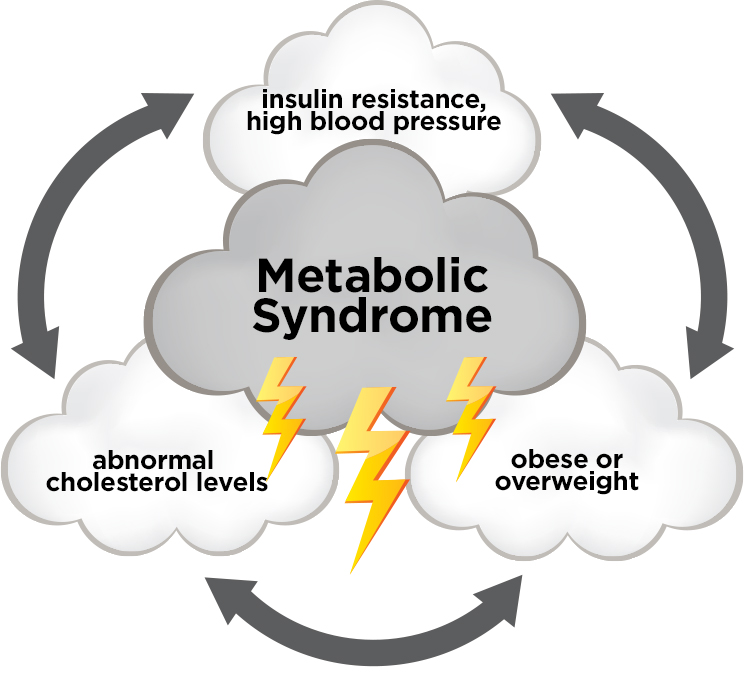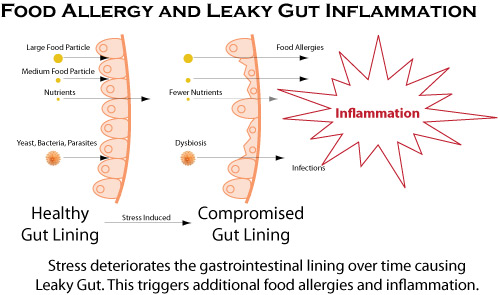Unique Properties of Stem Cells
What Are The Unique Properties Of All Stem Cells?
 The stem cells have been hailed for their efficacy in treatment of certain diseases especially those that are degenerative in nature like the Parkinson’s disease, osteoarthritis and even the Huntington’s disease. To accomplish all its medicinal capabilities the stem cells must have certain properties that are not present in other body cells. They therefore differ from other cells in the body. The stem cells are available majorly in the bone marrows and the adipose tissues but can also be harvested from placentas after a safe delivery. The stem cells have three general properties regardless of their source. These properties are; they are capable of dividing and renewing themselves for long periods; they are unspecialized; and they can give rise to specialized cell types. It is these distinct characteristics of the stem cells that make them effective in treatment of degenerative diseases.
The stem cells have been hailed for their efficacy in treatment of certain diseases especially those that are degenerative in nature like the Parkinson’s disease, osteoarthritis and even the Huntington’s disease. To accomplish all its medicinal capabilities the stem cells must have certain properties that are not present in other body cells. They therefore differ from other cells in the body. The stem cells are available majorly in the bone marrows and the adipose tissues but can also be harvested from placentas after a safe delivery. The stem cells have three general properties regardless of their source. These properties are; they are capable of dividing and renewing themselves for long periods; they are unspecialized; and they can give rise to specialized cell types. It is these distinct characteristics of the stem cells that make them effective in treatment of degenerative diseases.
The other cells found in the body like the nerve cells, the muscle cells and the blood cells are not able to replicate themselves unlike the stem cells that are able to proliferate after long periods of time. Typically, a starting population of stem cells that proliferates for many months in the laboratory can yield millions of cells. What is more is that the daughter cells are capable of long term self-renewal giving rise to more unspecialized cells.
Despite the vast research that has been done on the stem cells and their ability to treat certain diseases there are some information that are still required which we can only hope that researchers will one day find an answer to. These questions are as follows:
- Scientists are trying to understand two fundamental properties of stem cells that relate to their long-term self-renewal:
- Why can embryonic stem cells proliferate for a year or more in the laboratory without differentiating, but most adult stem cells cannot; and
- What are the factors in living organisms that normally regulate stem cell proliferation and self-renewal?
When these answers are addressed there will be a valid explanation to how cell proliferation is regulated during normal embryonic development or during the abnormal cell division that leads to cancer. Such information would also enable scientists to grow embryonic and non-embryonic stem cells more efficiently in the laboratory to help in treatment of diseases.
The stem cells are unspecialized
Stem cells remain unspecialized even after long hours in the laboratory after getting harvested. The scientists have spent years of research trying to find out factors that make the stem cells unspecialized and differentiating into different cell types. It took two decades to learn how to grow human embryonic stem cells in the laboratory following the development of conditions for growing mouse stem cells. In a similar manner the scientists must first understand the signals that enable adult stem cell population to proliferate and remain unspecialized before they will be able to grow large numbers of unspecialized adult stem cells in the laboratory for medicinal use.
The stem cells are not specialized and hence are not able to perform specific functions. Unlike heart muscle cells, the stem cells are not able to pump blood through the body, they can neither carry oxygen molecules through the bloodstream like red blood cells nor can they kill pathogens like the white blood cells but they can give rise to more of all these cells; they can form bone, heart muscle cells, blood cells and even nerve cells. So they are then unspecialized cells that have the unique ability to give rise to specialized and more vital functional specialized cells.
 The process through which undifferentiated stem cells give rise to specialized cells is known as differentiation. It is through this process of differentiation that the stem cells become even more specialized. Scientists are just beginning to understand the signals inside and outside cells that trigger each step of the differentiation process. The internal signals are controlled by a cell’s genes, which are interspersed across long strands of DNA and carry coded instructions for all cellular structures and functions. In contrast, the external signals for cell differentiation include chemicals secreted by other cells, physical contact with neighboring cells, and certain molecules in the microenvironment. The interaction of signals during differentiation causes the cell’s DNA to acquire epigenetic marks that restrict DNA expression in the cell and can be passed on through cell division giving rise to more specialized cells.
The process through which undifferentiated stem cells give rise to specialized cells is known as differentiation. It is through this process of differentiation that the stem cells become even more specialized. Scientists are just beginning to understand the signals inside and outside cells that trigger each step of the differentiation process. The internal signals are controlled by a cell’s genes, which are interspersed across long strands of DNA and carry coded instructions for all cellular structures and functions. In contrast, the external signals for cell differentiation include chemicals secreted by other cells, physical contact with neighboring cells, and certain molecules in the microenvironment. The interaction of signals during differentiation causes the cell’s DNA to acquire epigenetic marks that restrict DNA expression in the cell and can be passed on through cell division giving rise to more specialized cells.
There are however some questions that should be addressed and these may include; Are the internal and external signals for cell differentiation similar for all kinds of stem cells? Can specific sets of signals be identified that promote differentiation into specific cell types? Finding answers to these questions may help scientists to find new ways to control stem cell differentiation in the laboratory, thereby growing cells or tissues that can be used for specific purposes such as cell-based therapies or drug screening.
With these distinct characteristics of the stem cells especially their ability to give rise to different specialized cell types, the stem cells are a cutting edge to treatment of diseases. Degenerative diseases have debilitated many people but it is treatable. Dr. Dalal Akoury (MD) is an expert in integrative medicine and a founder of AWAREmed Health and Wellness Center located at Myrtle Beach South Caroline. Visit her for more information on most lifestyle diseases.
What Are The Unique Properties Of All Stem Cells?













 Does Technology Wipe Out Your Memory?
Does Technology Wipe Out Your Memory?




 Type 2 Diabetes Cure: Natural Treatments that will Prevent and Reverse Diabetes (Natural Health Books) (Volume 2)
Type 2 Diabetes Cure: Natural Treatments that will Prevent and Reverse Diabetes (Natural Health Books) (Volume 2)








 Interfax: Russian officials deny transgender driving ban
Interfax: Russian officials deny transgender driving ban










